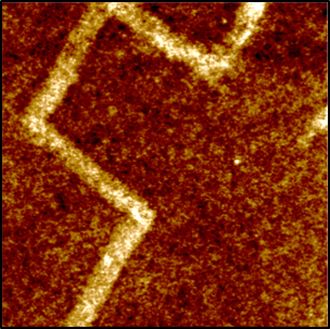 Scientists at North Carolina State University (NCSU) said they created a new lithography technique that uses nanoscale spjeres to create 3D structures.
Scientists at North Carolina State University (NCSU) said they created a new lithography technique that uses nanoscale spjeres to create 3D structures.
The structures will be of use in electronics, biomedics, and photonics, the researchers said.
Dr Chih-Hao Chang, a professor of mechanical and aerospace engineering at NCSU claimed the approach will reduce the cost of nanolithography “to the point where it could be done in your garage”.
While conventional lithography focues light on a photosensitive film to create 2D patterns, those methods need expensive specialised electron beams, lasers or special lenses. The researchers at NCSU said they put nanoscalte polystyrene spheres on the surface of the photosensitive film
The nanospheres are transpart but bend and scatter light in predictable ways.
Chang said: “We are using the nanosphere to shape the pattern of light, which gives us the ability to shape the resulting nanostructure in three dimensions without using the expensive equipment required by conventional techniques. It allows us to create 3D structures all at once, without having to make layer after layer of 2D patterns.
Applications could include nanoscale “inkjet printers” to create electronics, biological cells, antennae or photonic components.






